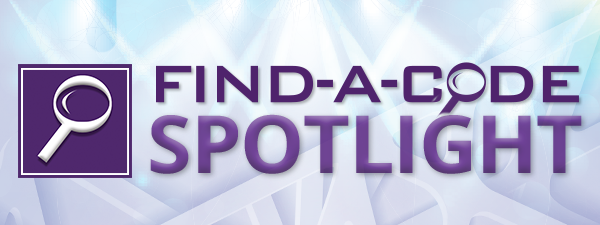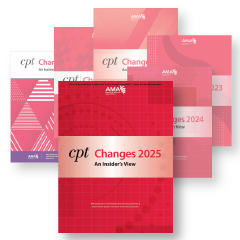 Added Thoughts on Medical Necessity & Determining Appropriate Levels of CareBy Stephen R. Levinson, M.D., CHCA ASA, LLC March 23, 2016 February’s Find-A-Code Newsletter provided a superb summary of the importance of Medical Necessity in determining the appropriate level of care warranted during a given Evaluation and Management service. The author also accurately identified the “Nature of the Presenting Problem(s)” as the E/M system’s measure of medical necessity, because it medically describes the physician’s best appraisal of the natural course of the patient’s illness without intervention. The article also observed, however, that the Medicare policy designating Medical Necessity as the overarching criterion for payment lacks a “mechanism to operationalize the guidance.” However, a mechanism for operationalized guidance is actually provided in CPT©, in the section on “Clinical Examples” located in Appendix C of the book. As noted in the E/M section of CPT, “Clinical examples of the codes for E/M services are provided to assist in understanding the meaning of the descriptors and selecting the correct code.”1 In fact, the examples assist in understanding the meaning of the descriptors for the Nature of the Presenting Problem(s), since they briefly describe severity of patient illnesses with no mention of medical history, examination, or medical decision making. The following clinical examples from CPT for initial outpatient visits illustrate this principle:
The introductory portion of Appendix C includes insightful guidance for optimal usage of these examples and therefore of the Nature of Presenting Problem(s): “Simply because the patient’s complaints, symptoms, or diagnoses match those of a particular clinical example does not automatically assign that patient encounter to that particular level of service… The three components (history, examination, and medical decision making) must (also) be met, consistent with the Nature of the Presenting Problem, and documented in the medical record to report a particular level of service.”3 This telling statement actually replicates an optimal clinical approach for integrating Medical Necessity into patient care, which many physicians have learned during their medical training. “A critical insight to coordinating coding and documentation with medical necessity and appropriate quality care is to treat the NPP (Nature of the Presenting Problem) as a mandatory fourth factor in every type of service that incorporates the three key components;…..as the second factor to be considered (after the medical history) during these patient encounters, since it is essential for aligning the level of care warranted with the severity of each patient’s medical problem(s).”4 This approach also reflects the clinical truism that a thorough medical history is the critical element in establishing both the patient’s probable diagnosis and the severity of illness. Therefore, a comprehensive medical history for an initial visit (or an update of review of systems, past history, social history, and family history for established patients) is key to identifying all of a patient’s problems and thereby determining severity of illness. For example, even if a patient’s chief complaint is nothing more than ear wax, the remainder of the past history and review of systems may additionally reveal serious or even potentially life-threatening problems such as chest pain, shortness of breath, severe headache, or unintended weight loss. The thorough history always presents ‘an opportunity for care’ and also promotes current goals for early detection and intervention. Finally, there is a benefit to physicians’ actual documentation of their assessment of the Nature of the Presenting Problem in their medical record, since this provides an affirmative attestation of their clinical judgment of Medical Necessity, eliminates uncertainty for coders and auditors, and insures compliant documentation and coding. Stephen R. Levinson, M.D., CHCA
share
More Items in March 2016
To view more items select a month from our "Items by Month" list. |
2023 view 2022 view 2021 view 2020 view 2019 view 2018 view 2017 view 2016 view 2015 view 2014 view 2013 view 2012 view 2011 view 2010 view 2009 view 2008 view |
Thank you for choosing Find-A-Code, please Sign In to remove ads.


 Quick, Current, Complete - www.findacode.com
Quick, Current, Complete - www.findacode.com